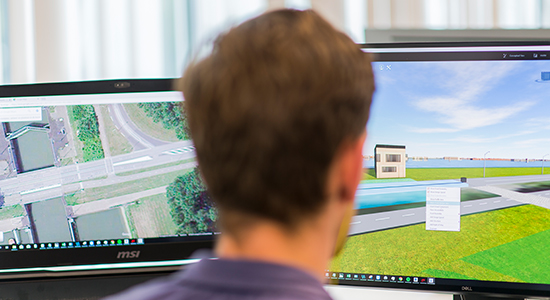At Infranea, we have a passion for Information Engineering. We aim to take a leading role in creating, managing, sharing, and utilizing information in infrastructure projects, contributing to the digital transformation of the infrastructure sector.
Through our services[1], we promote information-driven collaboration among all disciplines and stakeholders throughout the entire lifecycle of projects. Our team of 40 engineers and consultants work with clients such as national and local governments, contractors, and/or consortiums.
Infranea ensures a robust information provision. With our pragmatic approach focused on the most significant project risks, we assist our clients in making better decisions, promoting collaboration and communication, reducing failure costs, and creating more customer value – in short, #IE4IP.
[1] Our services
- Systems Engineering
- Parametric Design
- Model-Based Design
- Concurrent Engineering
- (Construction) Information Management – (B)IM
- Digital Twins




